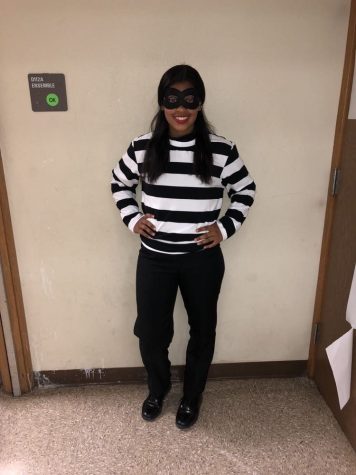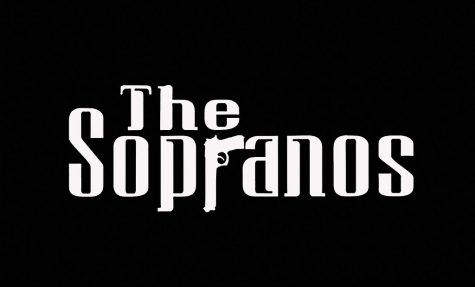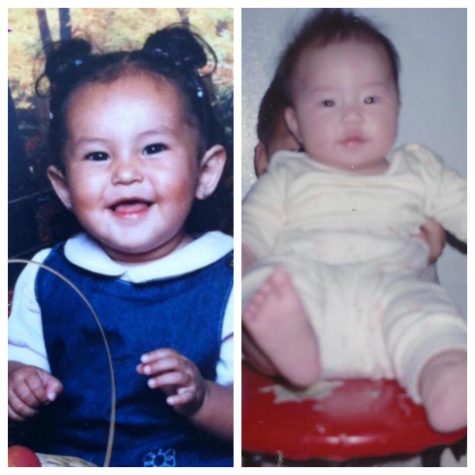Fuel your theorist thirst with “The Twilight Zone”

Portrait photo of author and creator of “The Twilight Zone”, Rod Serling. *No copyright; photo use Public Domain*
February 29, 2020
If you did not already know, “The Twilight Zone” is one of the best shows that was ever created. Originally premiering on CBS on Oct. 2, 1959, it is a true classic.
Yes, the show is old, and it is in black and white, but that’s what makes it so great. The things that happen in each episode may be cheesy to us, but back then, it was gold.
“The Twilight Zone” explores a variety of ideas and possibilities that correlate with the way humans react to fear. Depending on the extent of one’s fear, sometimes we tend to deal with our fears by creating seemingly impossible or barbaric reasonings.
The beauty of the show is its ability to make us think and explore the depths of our mind. Viewers are forced to ponder what is real, what is make believe, and all that is unknown.
The creator, Rod Serling, who is also responsible for the opening introduction in every episode, admitted to playing around with the ideas and never ending possibilities of things that have been deemed ‘unbelievable,’ and that, “If you can’t believe the unbelievability, then there’s something wrong in the writing.”
He wrote every episode with such strong persuasion that viewers were forced to subconsciously think about the ideas that were being presented in each episode.
It got people to think, even without them knowing. All 156 episodes circulated around futuristic phenomenons and fears. From self-driving cars, to robotic humanoids, and strong government control, every episode had unknowingly dramatically predicted what was to come in the future, and what has come now.
Back then, the idea of self-driving cars and flat-screen TV’s was such a distant possibility that it wasn’t viewed as something that would necessarily happen.
But little did Serling know, he had predicted the future, our present, in dramatic and exaggerated ways.
Serling admitted to being more interested in imagining the world for what it would become, rather than being interested in imagining the possibilities that revolved around the fads of his own decade.
He shared this interest in a 1970 interview, where he said, “I would probably shy away from the year 2500. I would much rather deal in 1998. The hardware that I use, I think, should be identifiable. I like to know what happens Thursday, not in the next century.”
The show consists of different actors and actresses in almost every episode. Only one actor was shown in almost every episode, and that actor is Robert McCord. He either stars as a lead character or a background character.
Not only is the entire show a total gem, but it is such a big hit, that it had been rebooted and parodied many times. “The Looney Toons” even made a parody.
Another interesting fact is that in the early 1980’s, The Warner Brothers had plans to turn the “The Twilight Zone” into a movie, but the project ultimately failed, due to a plane crash that occurred on set and killed three actors, two of which were children. This tragedy led to the director of that project being sentenced for manslaughter.
As for awards, one episode of the show won an Oscar, and various “Star Trek” actors can be seen acting in different episodes throughout the series.
The show is absolutely, hands down, one of the best shows ever made. If you’re like me, you’ll love the series because of it’s constant revolvement around conspiracies and random theories. It’ll fuel your theorist thirst.
The views in this column do not necessarily reflect the views of the GENESIS staff. Email Lyn Jarrell at [email protected].

















